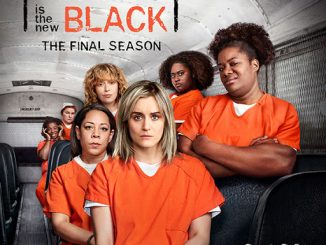Horror films have long captivated audiences with their ability to evoke fear, suspense, and a sense of the unknown. Among the pantheon of horror icons, few are as notorious as Leatherface, the chainsaw-wielding antagonist from the *Texas Chainsaw Massacre* franchise. In 2017, the origin story of this terrifying character was reimagined and brought to life in *Leatherface*, a prequel that explores the dark and twisted path that led to the birth of one of cinema’s most infamous villains. Now streaming on Netflix, *Leatherface* (2017) has garnered attention for its brutal depiction of violence, psychological horror, and the exploration of nature versus nurture in the creation of a monster. In this blog post, we will delve into the key elements that make *Leatherface* a standout horror film, examining its narrative, character development, and visual storytelling. We will also guide you to specific images that capture the film’s chilling atmosphere. Finally, we’ll discuss why *Leatherface* is considered one of the top movies on Netflix and provide additional information about the film.
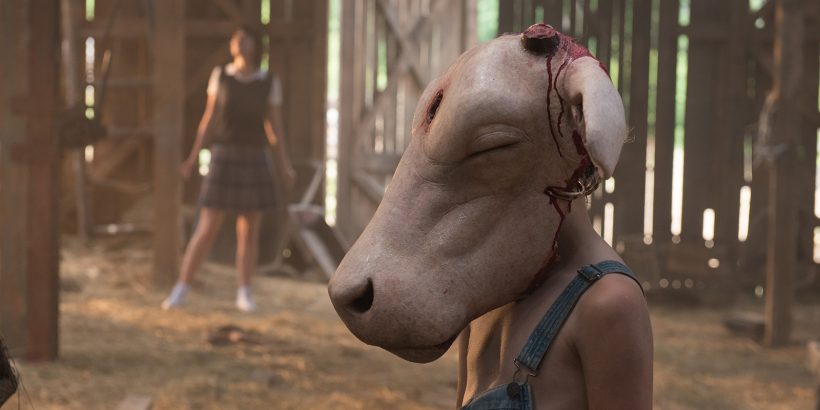
The Birth of a Monster: Plot Overview
*Leatherface* (2017) takes viewers back to the origins of the iconic horror figure, offering a glimpse into the life of young Jedidiah Sawyer, who would eventually become the notorious Leatherface. Set in the 1950s, the film opens with a gruesome murder committed by the Sawyer family, a clan known for their sadistic and cannibalistic tendencies. The family’s matriarch, Verna Sawyer (played by Lili Taylor), is determined to mold Jedidiah into a ruthless killer, but fate intervenes when he is taken away by the authorities and placed in a mental institution.
The film’s narrative centers around Jedidiah’s escape from the institution, alongside a group of fellow inmates, and their violent journey across the Texas countryside. As they flee, they are pursued by a vengeful and unrelenting lawman, Hal Hartman (Stephen Dorff), whose personal vendetta against the Sawyers drives him to the brink of madness. The story unfolds as a brutal and bloody road trip, where the lines between sanity and insanity blur, and the true nature of evil is revealed.
The transformation of Jedidiah from a troubled young boy into the monstrous Leatherface is depicted with chilling precision. The film explores the psychological torment and abuse that shape him, as well as the influence of his family’s twisted values. As the narrative progresses, viewers witness the gradual erosion of Jedidiah’s humanity, culminating in a horrifying climax that solidifies his place as one of horror’s most terrifying figures.
*Leatherface* distinguishes itself from other entries in the *Texas Chainsaw Massacre* franchise by focusing on the psychological aspects of horror rather than relying solely on gore and shock value. The film delves into the idea of nature versus nurture, questioning whether Jedidiah was destined to become Leatherface or if he was a product of his environment. This exploration of character adds depth to the film, making it more than just a typical slasher movie.
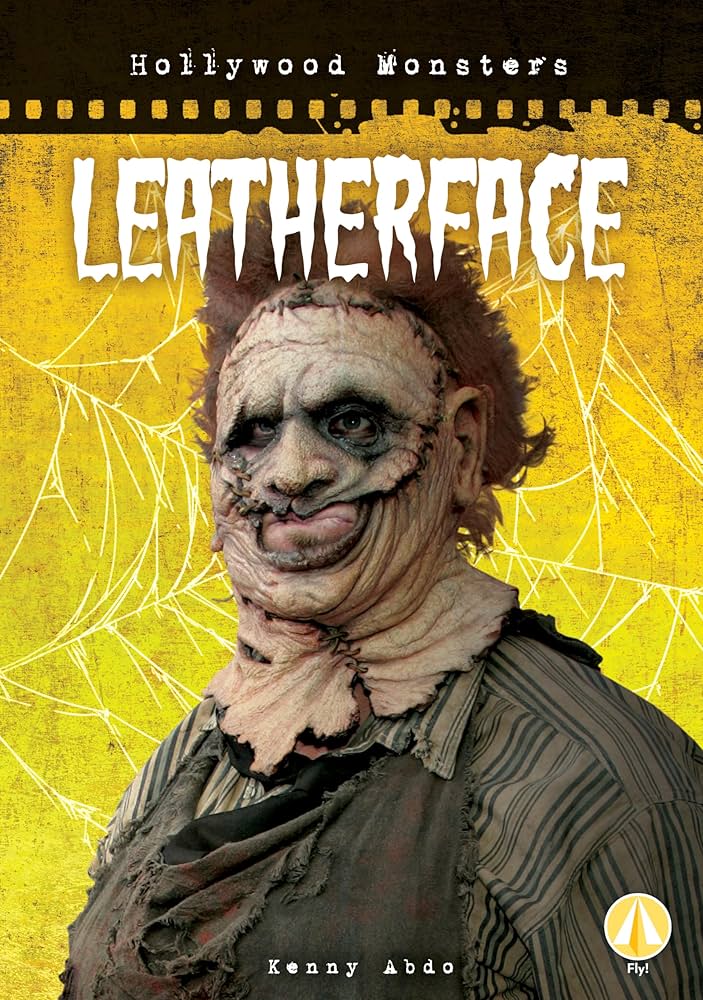
Characters and Performances: From Innocence to Horror
The characters in *Leatherface* are as complex as they are terrifying, with each actor delivering a performance that adds to the film’s unsettling atmosphere. Lili Taylor’s portrayal of Verna Sawyer is particularly noteworthy. As the matriarch of the Sawyer family, Verna is both nurturing and malevolent, embodying a twisted version of motherhood that seeks to instill violence and cruelty in her children. Taylor’s performance is chilling, as she alternates between moments of tenderness and terrifying brutality, making Verna one of the most memorable characters in the film.
Stephen Dorff delivers a strong performance as Hal Hartman, the vengeful lawman whose obsession with the Sawyers leads him down a dark and self-destructive path. Hartman’s relentless pursuit of the escaped inmates adds a layer of tension to the film, and Dorff effectively conveys the character’s descent into madness. His hatred for the Sawyers is palpable, and his scenes with Verna crackle with intensity.
However, the most significant character in the film is, of course, Jedidiah Sawyer, portrayed by a talented young actor who brings depth and nuance to the role. As the film progresses, we see Jedidiah’s transformation from a scared and confused boy into the embodiment of pure terror. The actor’s ability to convey the character’s internal struggle—between his innate innocence and the darkness that consumes him—is remarkable. This portrayal adds a tragic dimension to Leatherface, making him a more sympathetic figure than in previous films.
The supporting cast, including the other inmates who accompany Jedidiah on his journey, also contribute to the film’s tense and unsettling atmosphere. Each character brings their own brand of madness to the group, and their interactions with one another are fraught with danger and unpredictability. The dynamic among these characters adds layers of complexity to the film, as alliances shift and betrayals abound.
The film’s exploration of Jedidiah’s character raises questions about the nature of evil and the factors that contribute to its development. Is Leatherface a monster because of his environment, or was he always destined to become one? The performances in the film help to underscore these themes, making *Leatherface* not just a horror movie, but a psychological study of the origins of evil.
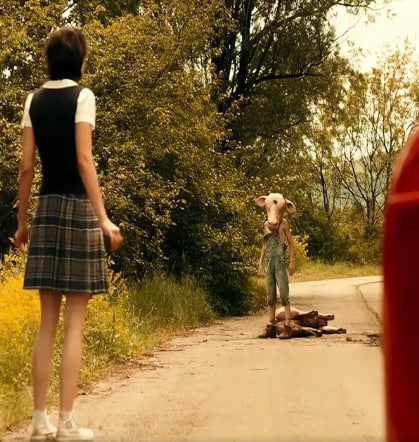
Visual Storytelling: Creating an Atmosphere of Dread
One of the most striking aspects of *Leatherface* (2017) is its visual storytelling, which plays a significant role in creating the film’s oppressive and nightmarish atmosphere. The cinematography, set design, and special effects all work together to immerse viewers in a world of horror that is both grounded in reality and steeped in surrealism.
The film’s visual style is heavily influenced by the rural Texas setting, with wide shots of desolate landscapes that evoke a sense of isolation and vulnerability. The vast, empty spaces contrast with the claustrophobic interiors of the mental institution and the Sawyer family home, where much of the horror unfolds. These contrasting settings help to build tension, as the characters are either trapped in confined spaces or exposed to the dangers of the open road.
The use of lighting in *Leatherface* is particularly effective in creating a mood of unease. The film often employs low, dim lighting to cast shadows and obscure details, heightening the sense of dread and keeping viewers on edge. This technique is used to great effect in scenes where the characters are navigating dark, labyrinthine corridors or hiding from their pursuers. The darkness becomes a character in itself, representing the unknown and the inevitable descent into madness.
The special effects and practical makeup used to depict the film’s violence are gruesome and visceral, yet they are not overused. The filmmakers strike a balance between showing the brutality of the characters’ actions and leaving some of the horror to the viewer’s imagination. This restraint makes the moments of violence more impactful, as they punctuate the film’s psychological tension rather than overwhelming it.
The film’s set design also contributes to its unsettling atmosphere. The Sawyer family home is a particularly disturbing environment, filled with macabre decorations and evidence of the family’s gruesome activities. The attention to detail in these sets helps to create a world that feels lived-in and terrifyingly real. The mental institution, with its sterile and decaying interiors, contrasts sharply with the Sawyers’ chaotic home, further emphasizing the film’s themes of control and madness.
The film’s use of visual symbolism is also worth noting. Throughout *Leatherface*, there are recurring motifs that hint at the character’s transformation and the inevitability of his fate. For example, the image of a chainsaw—a symbol forever associated with Leatherface—appears in various forms, foreshadowing the character’s future and serving as a reminder of the violence that will come. These visual cues add depth to the film and reward attentive viewers with additional layers of meaning.

Why “Leatherface” is a Top Netflix Horror Pick
Since its release, *Leatherface* (2017) has become a notable entry in the horror genre, earning its place as one of the top movies on Netflix. The film’s success can be attributed to its unique approach to the *Texas Chainsaw Massacre* mythology, its strong performances, and its effective use of visual storytelling. But what makes *Leatherface* stand out from other horror films, and why has it resonated with audiences?
Firstly, *Leatherface* offers a fresh perspective on a well-known character, providing an origin story that adds depth and complexity to the figure of Leatherface. While the original *Texas Chainsaw Massacre* films presented Leatherface as a mindless killing machine, this prequel delves into his psyche, exploring the factors that contributed to his transformation into a monster. This character-driven approach sets *Leatherface* apart from other slasher films and adds a layer of psychological horror that makes the film more engaging and thought-provoking.
Secondly, the film’s focus on atmosphere and mood helps to create a sense of dread that lingers long after the credits roll. The filmmakers’ use of visual and auditory elements to build tension and evoke fear is masterful, making *
Leatherface* a film that relies on suspense rather than cheap scares. This approach makes the horror feel more earned and allows the film to maintain a consistent level of tension throughout its runtime.
Additionally, the film’s exploration of themes such as nature versus nurture, the impact of trauma, and the cyclical nature of violence adds a level of depth that elevates it above typical horror fare. *Leatherface* is not just a film about a killer; it’s a film about how killers are made, and the societal and familial forces that shape them. This thematic richness makes the film resonate on a deeper level, encouraging viewers to think critically about the origins of evil and the factors that contribute to it.
Finally, *Leatherface* benefits from strong performances across the board, with the cast delivering memorable portrayals of complex and troubled characters. The film’s success in creating empathy for its protagonist, even as he becomes a figure of horror, is a testament to the skill of the actors and the filmmakers. This emotional engagement with the characters makes the film’s horror more impactful, as viewers are invested in the fates of the characters on screen.
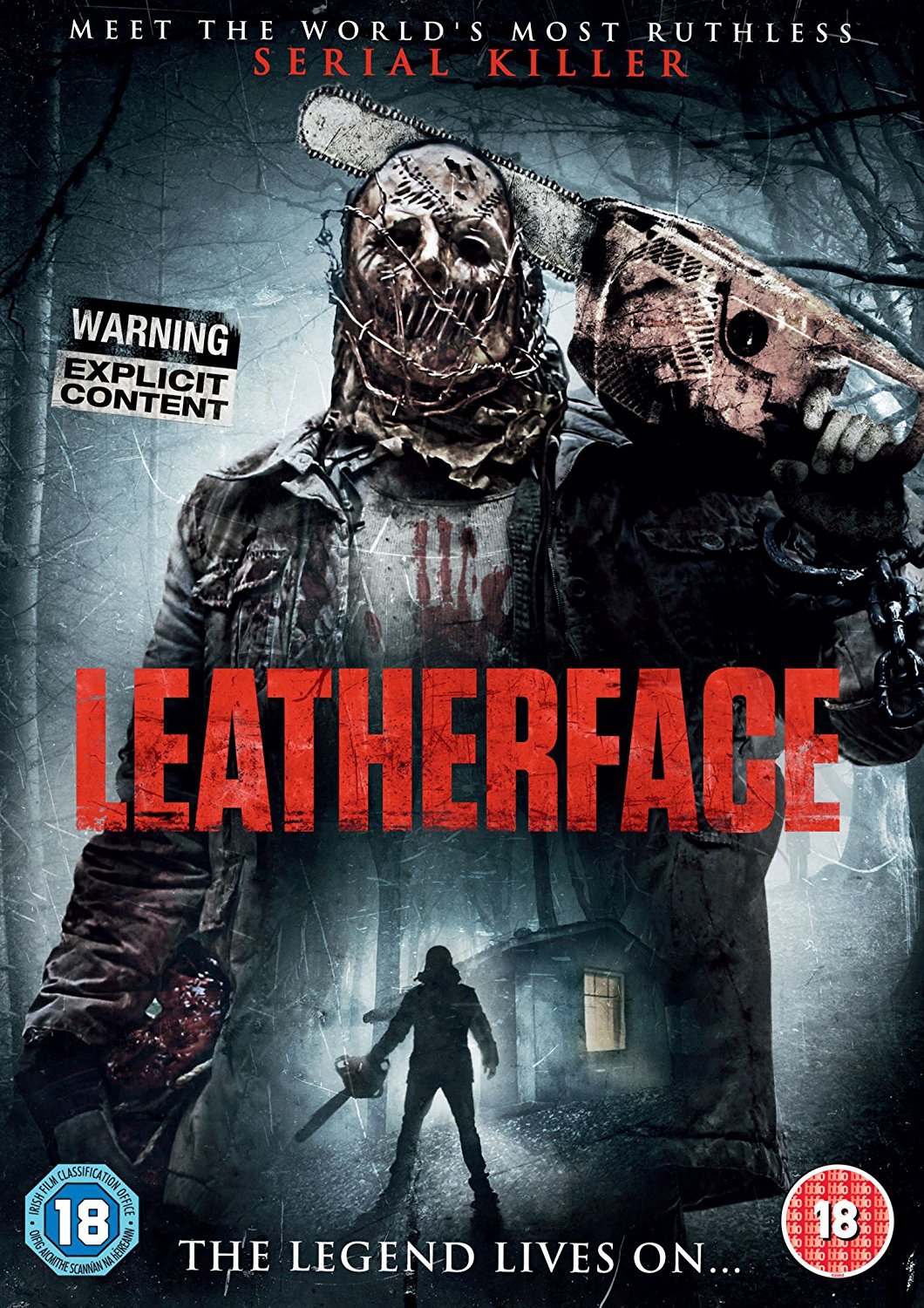
In conclusion, *Leatherface* (2017) stands out as a top horror pick on Netflix due to its unique take on the *Texas Chainsaw Massacre* mythology, its effective use of visual storytelling, and its exploration of complex themes. Whether you’re a longtime fan of the franchise or new to the world of Leatherface, this film offers a fresh and terrifying experience that is sure to leave a lasting impression. With its blend of psychological horror, brutal violence, and compelling character development, *Leatherface* is a must-watch for any horror enthusiast. So, turn off the lights, grab some popcorn, and prepare to be scared—*Leatherface* is waiting for you on Netflix.

